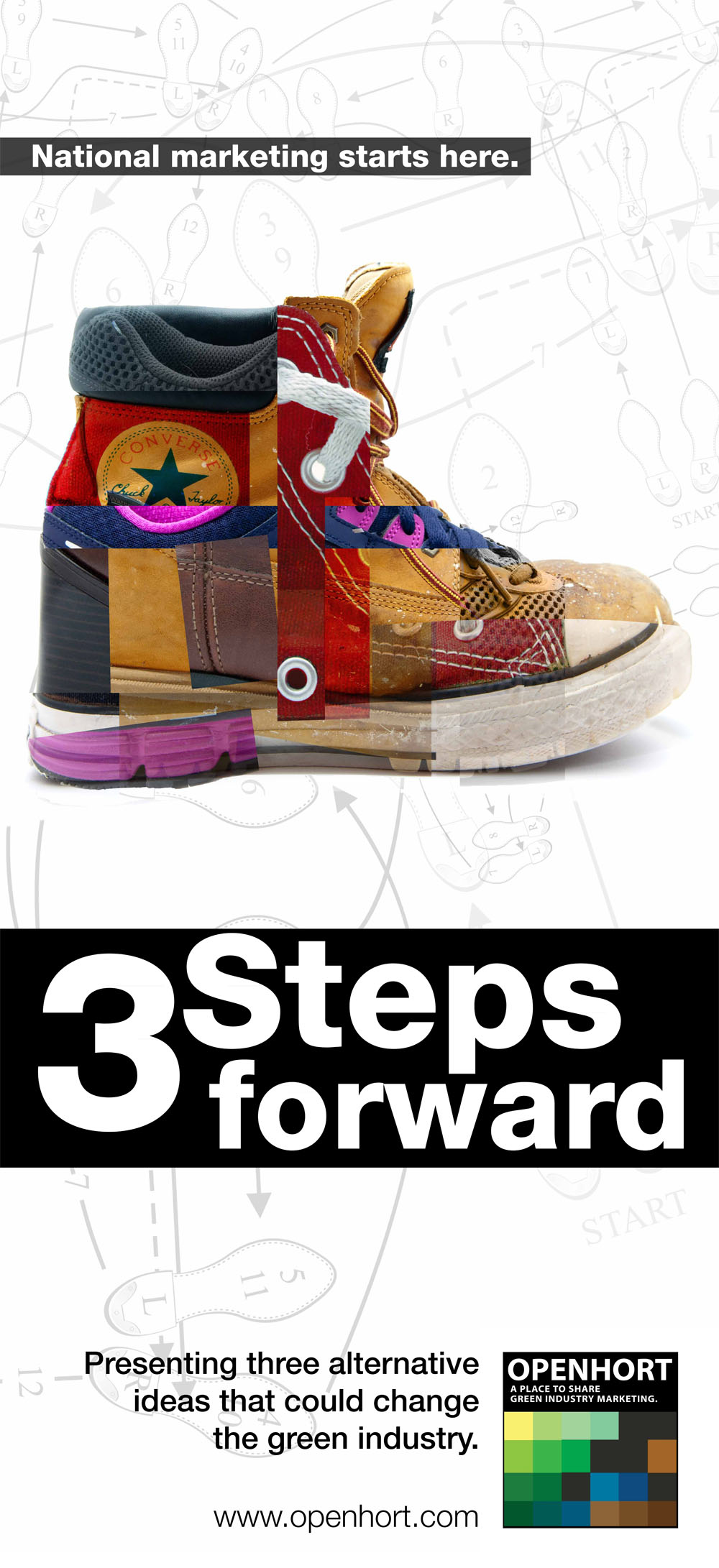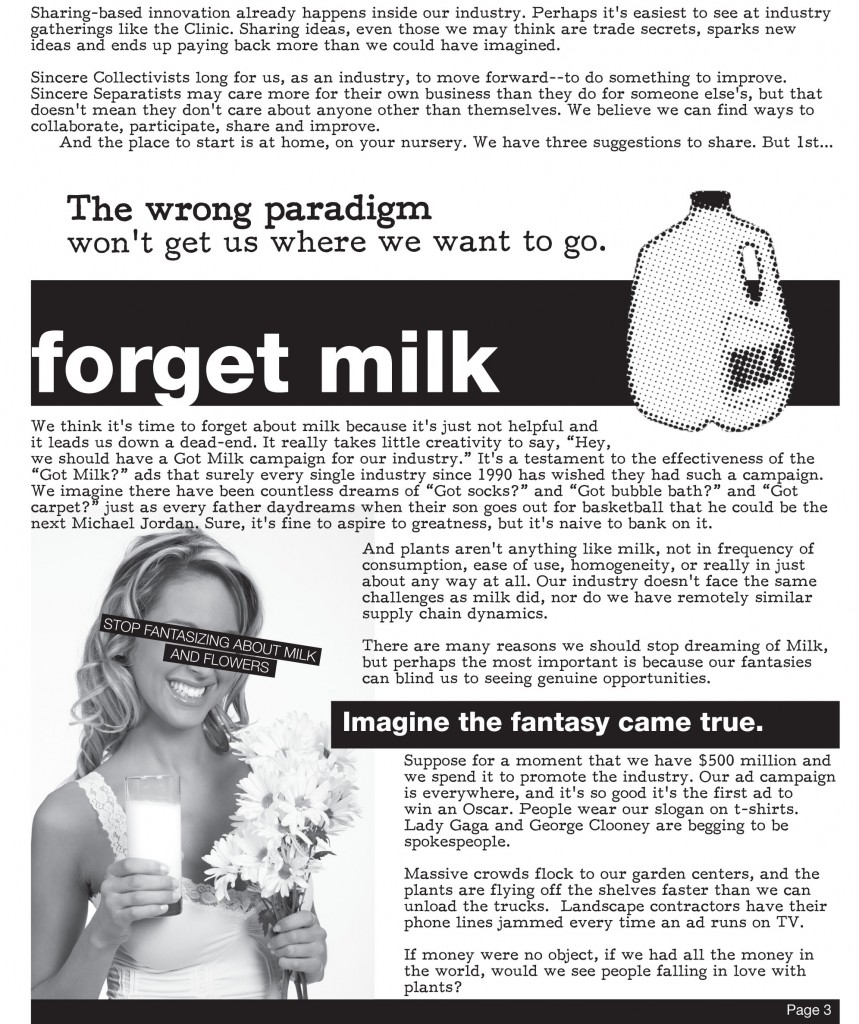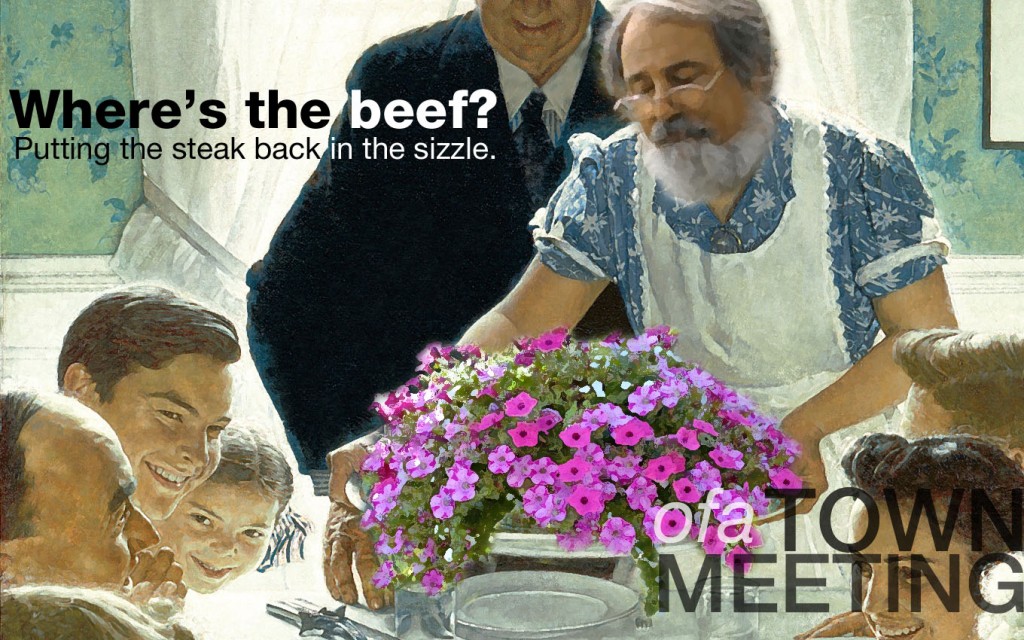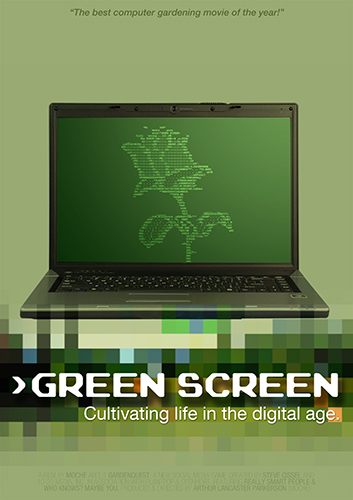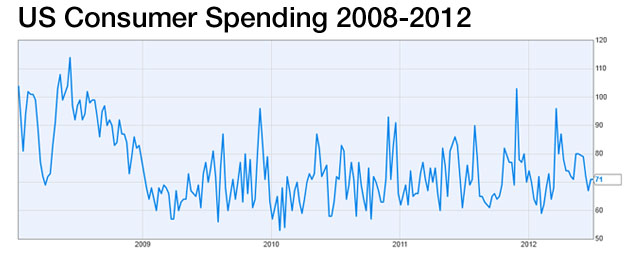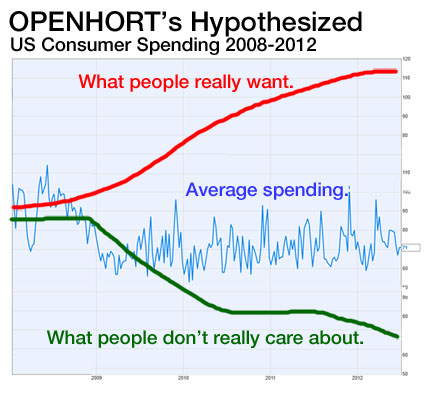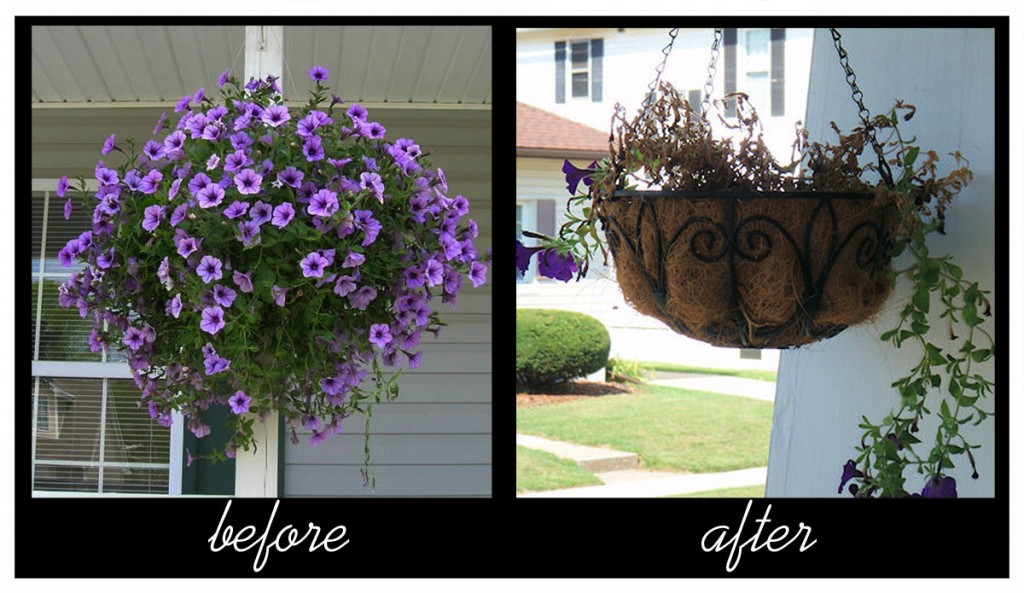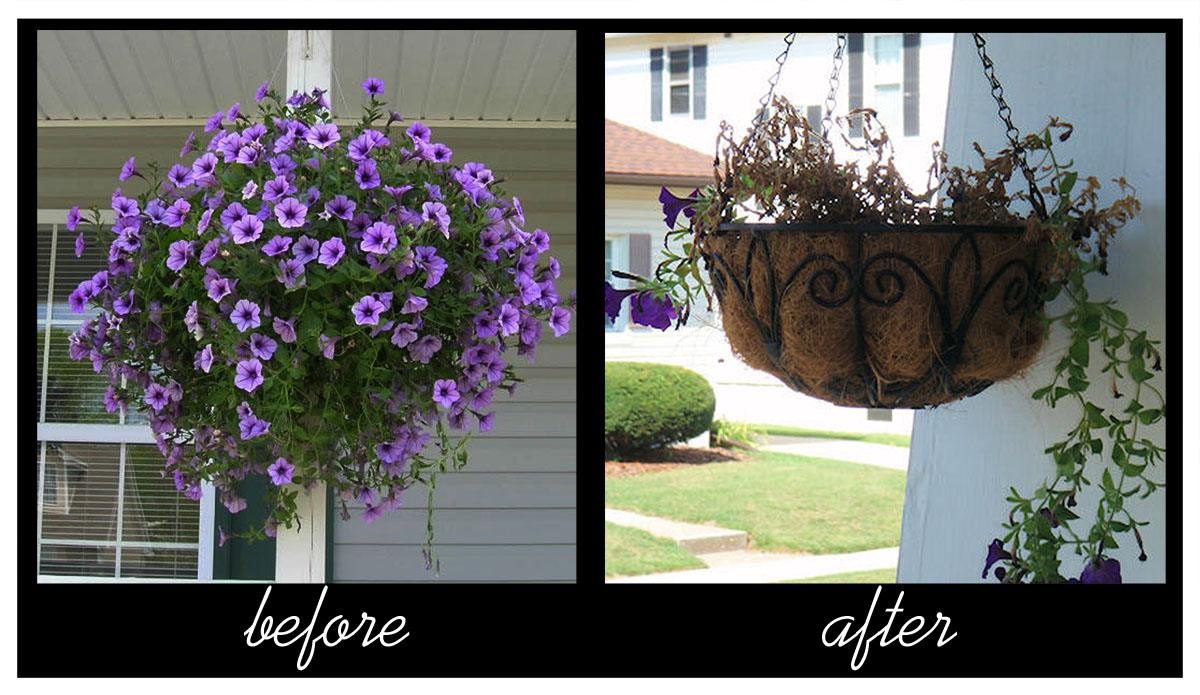
Does Display Matter?
It seems like everyone in the green industry is putting an increasing emphasis on the retail display. Growers are packaging their plants with colorful pots, attractive tags, signage, bench tape and more. Every magazine is chock full of articles about displays and how it can drive sales. Industry events have whole tracks of educational seminars devoted to the subject, with consultants consulting all about design.
All parties agree: if we get the presentation right, we can see an increase in sales of 30% or more.
But OpenHort has concluded that display doesn’t matter (as much as everyone thinks it does). [Last year we wrote, “We have given the American consumer two options: call a landscape contractor and they will come to your house with a truck full of Mexicans or go to a garden center and blindly pick out plants as best you can. Trucks or shelves. Take your pick.” It has taken us some time to get around to explaining what we think about this more fully.]

Better Conversion or More Opportunities?
An overemphasis on the retail display is detrimental to long-term results because it addresses the wrong point in the sales funnel (or sales process). We may get excited to find we can impact the point of “conversion,” but if the traffic flow of customers is drying up, it’s a futile effort. Forgive the cliche, but it’s like rearranging the deck chairs on the Titanic. It doesn’t matter how nice it looks; the boat is still sinking.
More disturbing than our industry’s unsophisticated product packaging and merchandising is our inability to generate sustained traffic for more than a few weekends in the spring. People aren’t going to garden centers like they used to. The customers are disappearing.
At some point, we have to realize we can’t get by selling 30% more to fewer and fewer people. We need more customers. We need more sales opportunities.
Assuming that growers and consultants and retailers all share the same goal (which, unfortunately, is not true…but maybe more on that later) to sell more plants for increasing margins, our energies would be best served focusing on increasing the frequency of the sales opportunities, not the quality of the presentation. (We’re not saying presentation doesn’t matter at all. It just isn’t as important as the frequency.)
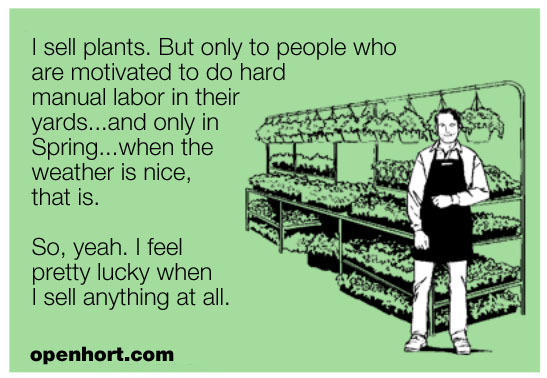
Build it and they WON’T come.
The “Field of Dreams” philosophy of the destination garden center may have worked before, but it’s broken now. Great plants in wonderful packaging arranged in breathtaking displays are not enough to attract the number of customers our industry needs to survive. We have built a game we are bound to lose. We are completely dependent on the fickle, time-pressed, budget-strapped American consumer to take the initiative and seek us out. In Spring. On the weekend. When the weather’s nice. And traffic isn’t too bad. And they feel like doing some strenuous yard work. Instead of a million other things they could do.
So, how are we driving traffic to those lovely retail benches?
Some garden centers are still hoping traditional media like newspapers and radio can bring the masses into their stores. Others are turning to new media like social networking. How well do they work? Not well enough it seems. Others hold seminars and events, parties and benefits. Some innovative retailers have restaurants and cafes; the public comes to dine in a beautiful atmosphere. Plant-shopping is an afterthought.
Increasing the Chances to Sell.
We see two solid ideas that will challenge the supremacy of the retail shelf: take the plants to where the people are and offer garden coach service.
Go to them.
You’ve seen the pop-up garden marts. The road-side stands. What’s old is new again. Are they really working? Are they profitable? (We don’t know!) In the future, we think we will see even smaller and more temporary attempts to “take the plants to where the people are” instead of “build it and they will come.” We will see mobile garden centers. Think of a converted school bus. (Will we hear the ice-cream man say, “Would you like a hydrangea with that?”) Drop-shipped self-selling pallet systems of plants. Kiosks at high-traffic retail spots. Privatized parks and landscapes that are “shoppable” via QR-code type technology. Tupperware or Pampered Chef style “garden parties” for plants (this idea may belong to the “garden coach” section.)
Perhaps the easiest way to “get the plants in front of the people” is…Facebook. Most IGCs already have a FB page, but they don’t sell though it. They remind, encourage and beg their “fans” to come to the store so that their bench has an opportunity to do it’s thing. Why not put some of that bench right there on Facebook? Check out some simple e-commerce solutions that let you sell directly on your Facebook page. There are plugins for WordPress and hosted solutions like BigCommerce.
(Let me know if you want to hear more about any of these concepts.)
Coach them.
This one is big. Really big. We are convinced that the emergence of the garden coach could revitalize our industry very quickly, faster than we dare dream possible. People don’t want to SHOP. It’s a chore. It’s inconvenient. It’s confusing. It’s overwhelming. And the results they get when they do…well, we should be ashamed of how often our customers fail. Shopping stinks.
But plants are awesome!
People want to be happy, comfortable, relaxed (some may say lazy), attractive, healthy, respected, admired, loved, enlightened, empowered and valued. Plants can give them all of what they want, in ways that will blow their minds. But they can’t see past the shelves (so wonderfully merchandised!) to see how in the world the confusing jumble of flowers and shrubs we have hidden away in our houses of glass can give them what they really want.
Enter the garden coach. They can paint the vision. They can relate. They can inspire.
And they can do it even when it’s NOT spring. It doesn’t matter if it’s the weekend. The weather doesn’t have to be perfect. If you’re scratching your head, wondering how a garden coach can do any of these things, things a retail bench can never do…then you really need to think about it some more. It’s gonna be huge.
Disclaimer: We are not retail experts. Think twice before agreeing (or disagreeing) with us! We have thought of a few arguments against our own position: 1) cluttering the sales funnel (fewer quality leads are better than a massive amount of poor leads), 2) DIY is still a strong instinct, therefore resistant to the garden coach 3) not enough talented people qualified to be garden coaches and 4) unproven profit models for alternative sales locations.
Thanks for reading! We’d appreciate any feedback!
~Art

